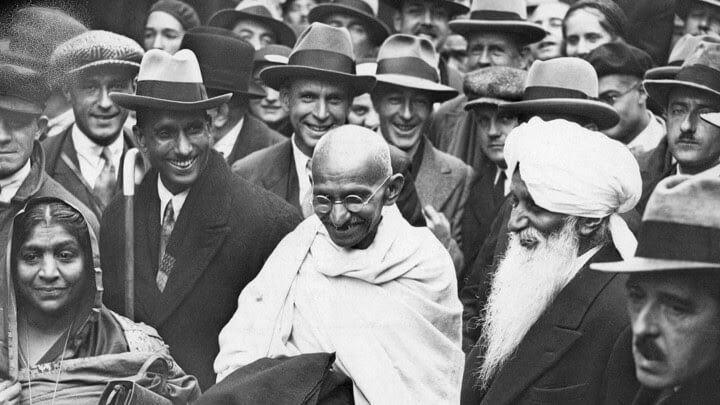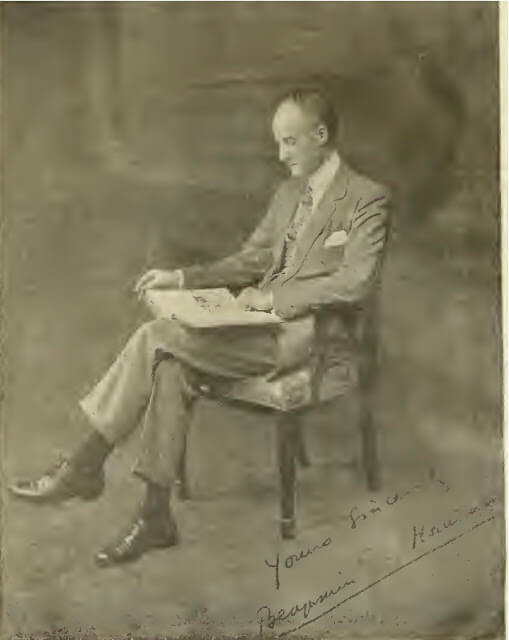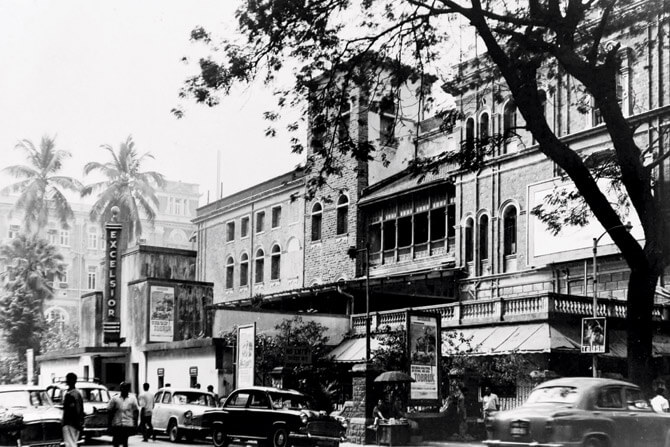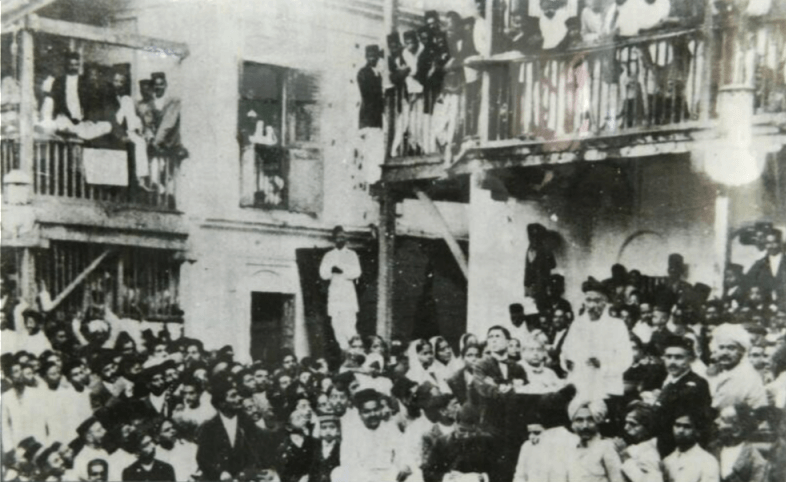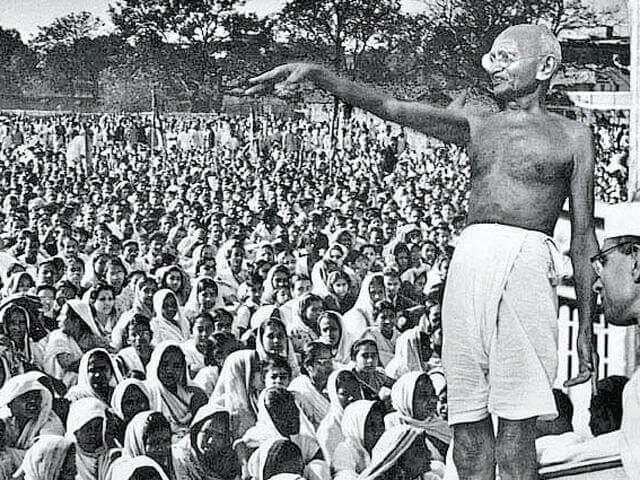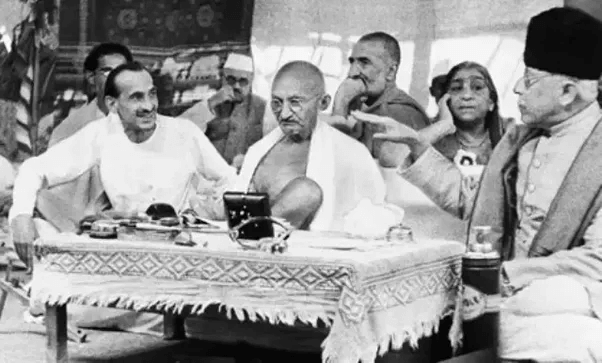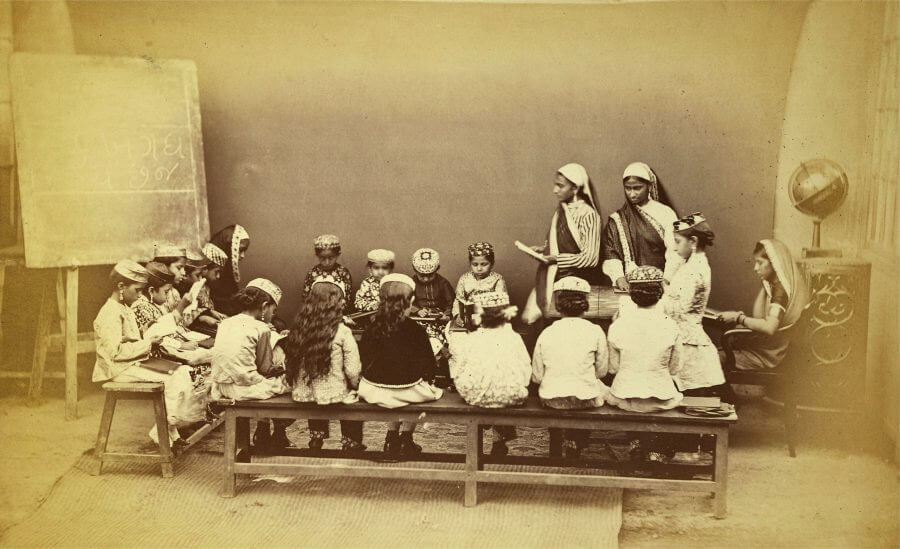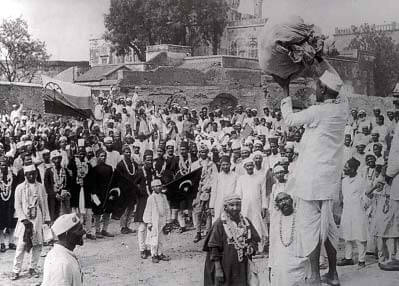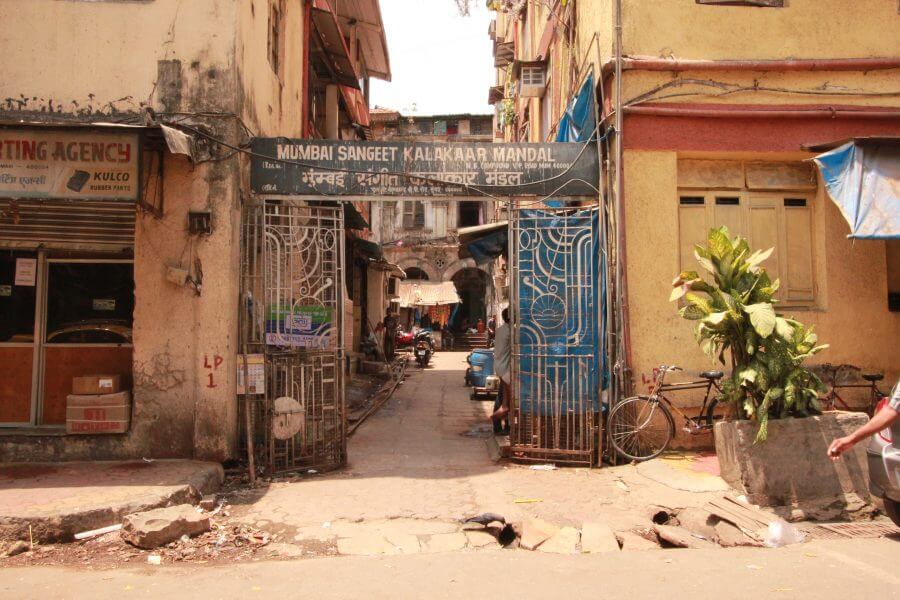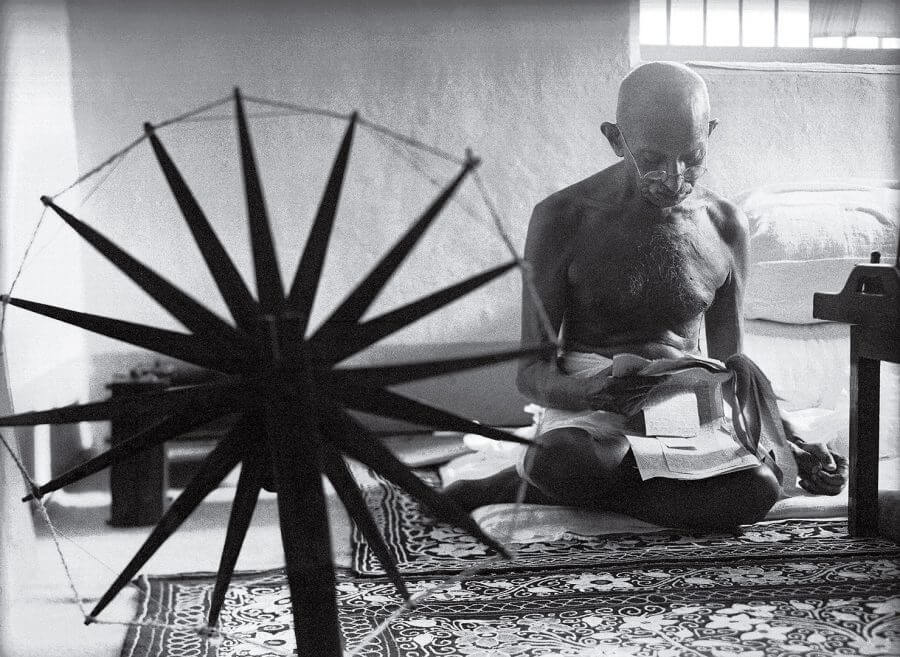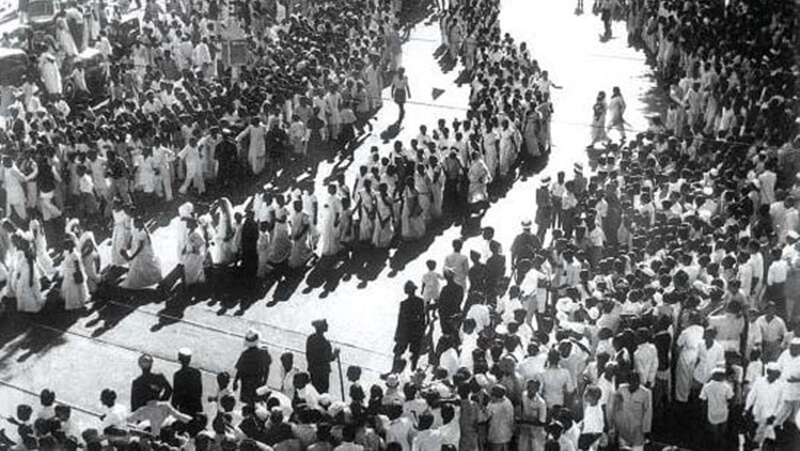Newsletters
10 Places Visited By Mahatma Gandhi In Mumbai During India’s Freedom Struggle
It’s been 70 years since Mohandas Karamchand Gandhi was assassinated by Nathuram Godse. Yet Gandhi’s words, thoughts and actions have continued to inspire people till date. His principles and actions may have been simple and non-violent, yet they managed to inspire Indians positively to unite and fight the oppressive British regime during the Indian Independence struggle thanks to their revolutionary nature.
From rallying to fight untouchability and other malpractices of Indian society to urging Hindus and Muslims to unite and fight for India’s independence to supporting the freedom of speech and expression, Mahatma Gandhi and his actions have influenced India’s freedom struggle in several ways and played a pivotal role in contributing towards the cause of an independent India.
The multifaceted and determined who was a barrister, social reformer, philanthropist amongst others traveled to all parts of India in the quest for urging people to unite and fight for a free India. Be it Sabarmati in Gujarat or Lucknow in U.P or Champaran in Bihar, every city, village, town was positively inspired and influenced by the teachings and principles of Gandhiji. And many of these places played a pivotal role in Gandhiji’s participation towards India’s freedom struggle.
And Mumbai was no different. From launching the Swadeshi Movement to the Quit India Movement, the various locations of Mumbai have contributed towards Gandhiji’s efforts and participation of India’s freedom struggle.
On the Occasion of Gandhi Jayanti, we look at 10 places and events in Mumbai, that formed an important part of Gandhiji’s contribution towards India’s freedom struggle.
- 24th June 1916 – Meeting To Abolish Press Act Of Indian Press Association Office

File Image of B.G Horniman – Source – oldphotosbombay.blogspot.in
The Press Act of 1910 empowered the British Government with absolute powers over the liberty of the Press. The act aimed to impose strict censorship on all kinds of publications in India and was brought into effect to curtail the influence of Indian vernacular and English language newspapers. Several leaders were creating a nationalistic rebellion through the articles they wrote in these publications which were inspiring people to revolt against the British government.The act provided that the local Government could hang a mill-stone round the neck of the keeper of a printing press in the shape of a security of Rs. 5000, if the newspaper printed or published “Any words, signs, etc., which are likely or may have a tendency, directly or indirectly, whether by inference, suggestion, allusion, metaphor, implication or otherwise bring into hatred or contempt any Government established by law or any class or section of His Majesty’s subjects in British India”.
On 24th of June 1916, a public meeting was held under the auspices of the Indian Press Association for the citizens of Bombay ‘to uphold the liberty of the Press and protest against the Press Act of 1910’. The meeting was presided over by B.G Horniman – the editor of Bombay Chronicle and was supported by Mahatma Gandhi who urged people to protest against the act and support the right to freedom of speech. - 9th February 1917 – Appeal To Abolish Indentured Labour At Excelsior Theatre

Image Source – Mid-day The Indian Indenture Labour was a form of debt bondage through which 3.5 million Indians were transported to various colonies of European powers to provide labour for the (mainly sugar) plantations. And this was also implemented by the Biritsh Government when they ruled India. The East India Company’s Regulations of 1837 laid down specific conditions for the dispatch of Indian labour from Calcutta such as the length of service was to be five years, renewable for further five-year terms. Soon it was extended to Madras and other parts of India.A public meeting was organized by Sir Jamsetjee Jeejeebhoy on 9th February 1917 at Excelsior Theater in Mumbai where a resolution was passed by Sir N.G Chandavarkar demanding abolition of indentured labour. This was also supported by Gandhiji who spoke in favour of abolishing the resolution.In addition to this, Gandhiji addressed a meeting on 11th February 1917 where he attended a meeting of the Servants of India society which was attended by the populace that was considered as untouchables. The meeting was held at Shantaram Chawl at Girgaum which incidentally happens to be one of Mumbai’s oldest chawls.
- 16th June 1918 – Observance Of The Home Rule Day At Shantram Chawl In Girgaon

An Image of Shantaram Chawl The Home Rule movement was launched by the late freedom fighter Annie Besant to propagate the idea of forming a self-government within the British occupied India. The movement lasted for around two years between 1916 to 1918 and laid the foundation for the Indian independence struggle. It was supported by other freedom fighters such as Lokmanya Tilak who had been propagating the idea of Swaraj for a long time.On 16th June 1918, Gandhiji held a huge meeting in the premises of the Shantaram Chawl at Girgaum which was attended by over 12,000 people. The agenda of the meeting was to protest against the British Governor Lord Wllingdon to protest against his provocative statements at the Bombay Provincial War Conference regarding the Home Rule League. He had also called Mahatma Gandhi as a dangerous individual. And this day was called as the Home Rule Day.
- 6th April 1919 – Call For Strike Against The Rowlatt Act And British Government

The Rowlatt Act was launched by the British Government which allowed certain cases to be tried without juries and permitted arrest and jailing suspects without trial. The Act aimed to curb fundamental rights such as the freedom of expression and strengthened police powers. Mahatma Gandhi, Mohammad Ali Jinnah and several other leaders felt that this went against the basic rights and freedom of the people.In response to this, Gandhiji asked Indian citizens to observe 6 April 1919 as a day of non-violent opposition to the Rowlatt act and launch a hartal (strike) against the Government. This was in accordance to the principle of Satyagraha – protesting against unjust policies by using non-violent means. The Rowlatt Satyagraha turned out to be the first all-India struggle against the British government although it was largely restricted to cities. The movement was launched at Girgaum Chowpatty in Mumbai.On the same day, he also addressed a meeting at the Grant Road Masjid below Procter Bridge near Girgaum where he appealed to all the Muslims staying in Mumbai to join the Satyagraha. - 18th September 1919 – Observance Of Khilafat Day

The Khilafat movement was an agitation by Indian Muslims, allied with Indian nationalists, to pressure the British government to preserve the authority of the Ottoman Sultan as Caliph of Islam after World War I. On 18th Sep 1919, Gandhiji held a meeting at Mastan Shah Tank in Nagpada where he spoke about supporting the Khilafat Movement. The meeting was attended by over 10000 people and post this on 17th October, Khilafat Day was observed in which the Muslim populace of Mumbai was to observe fasting, prayer and hartal in support of the Khilafat movement. - 22nd June 1921 – Inauguration Of Mumbai’s First National Girls School

Image Source – oldphotosbombay.blogspot.in On 22nd June 1921, Gandhiji formally inaugurated the Lokmanya Rahstirya Kanya Shala, Bombay’s first National Girls School at Gandharva Mahavidyalaya Hall, Sandhurst Road.
- 31st July 1921 – Launch Of Swadeshi Campaign At Parel

The Swadeshi movement was started by Baba Ram Singh of the Sikh Namdhari sect around 1872 in which he urged people to boycott foreign clothes and goods and urged them to wear clothes made in India and encouraged production of various goods in India.Gandhiji firmly believed and supported the Swadeshi movement and urged Indians to adopt Swadeshi practices in order to protest against the British government. The Swadeshi Campaignwas launched on 31st July 1921 where a bonfire of foreign clothes was held near Elphinstone mills at Parel. This was attended by over 10000-12000 people which also included All India Congress Committee (AICC) members. - 26th March 1925 – Inauguration Of The Congress House

On 26th March 1925, Gandhiji inaugurated the Congress House which was the headquarters of the Indian National Congress (INC). It was the place where various meetings were held regularly of the Congress Party and important decisions were taken regarding the freedom struggle and other activities of the party and official Government administration. The Congress House played a prominent role in the Indian freedom struggle. It also used to house the Mumbai Sangeet Kalakar Mandal. This was set up in 1972 by the former Prime Minister of India, the late Mrs. Indira Gandhi. The Academy was home to members of the Agra community of singers and dancers who organized dance shows for the royals over 300 years ago. - 5th April 1929 – Inauguration Of The Khadi Bhandar And Khadi Printing And Dyeing

Image Source – Underwood & Underwood Corbis On 5th April 1929, Gandhiji inaugurated the Khadi Bhandar organized by the Bombay Youth League in the People’s Jinnah Hall which is located inside the premises of the Congress House. Keeping in tune with Gandhiji’s appeal to people to use Swadeshi and Khadi clothes and goods, the bazaar contained about 18 stalls of khadi and other articles that were made in India. On the same day, he inaugurated the Khadi Printing and Dyeing at 113, Girgaum Road.
- 7th And 8th August 1942 – Launch Of The Movement And Chanting Of ‘Do Or Die’

An image of protesters during Quit India Movement rally at Mumbai On 7th August 1942, a huge gathering was held by the All India Congress Committee (AICC) at the Gowalia Tank Maidan near Goculdas Tejpal House in Mumbai where the INC was established in the year 1885. In this meeting which was attended by over 10000 people, the All India Congress Committee had ratified the ‘Quit India’ resolution.While addressing the people during the launch of the Quit India movement, Gandhiji had chanted the historic words ‘Do Or Die’ while attempting to inspire the Indians to fight oppressive British regime by all non-violent means possible.


